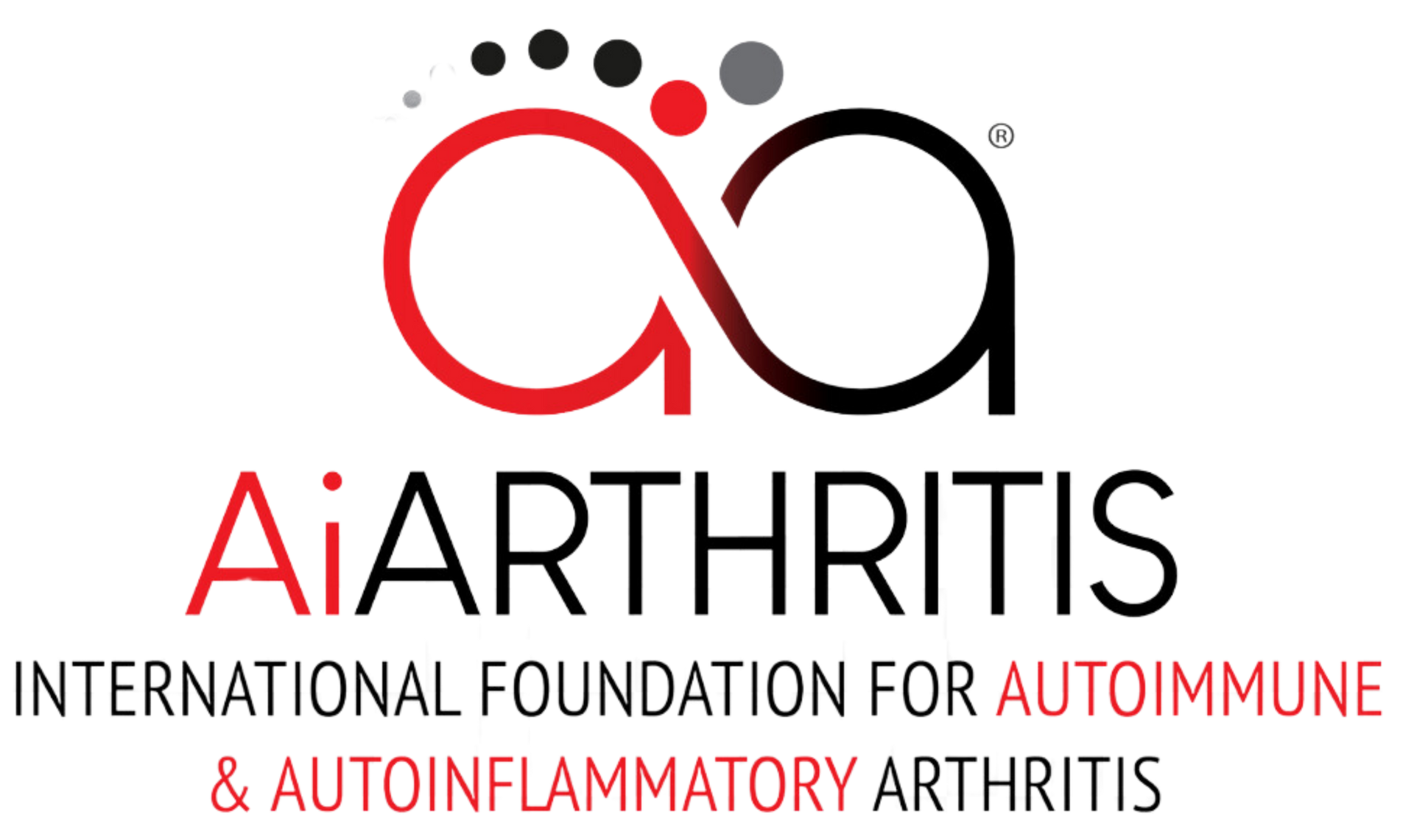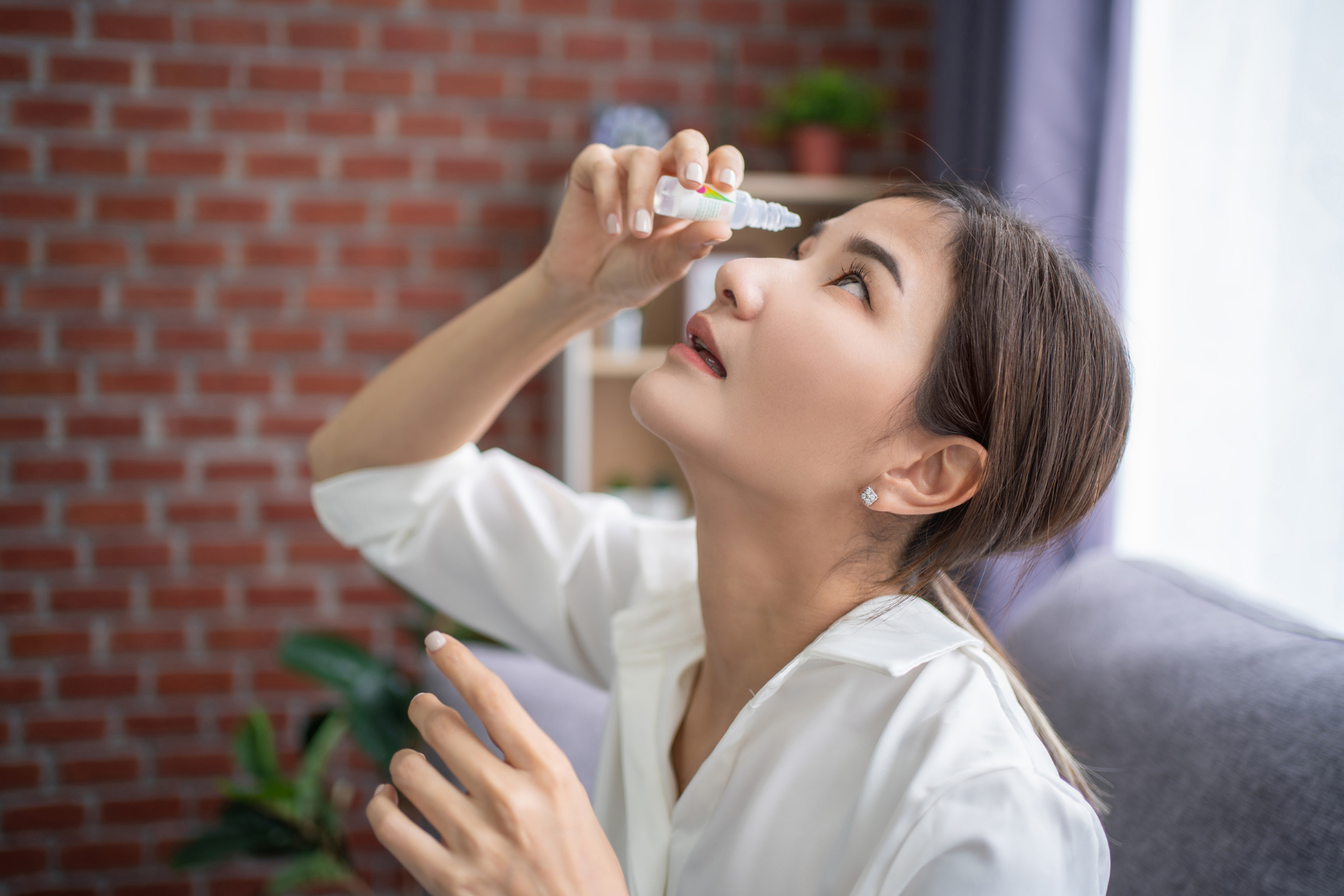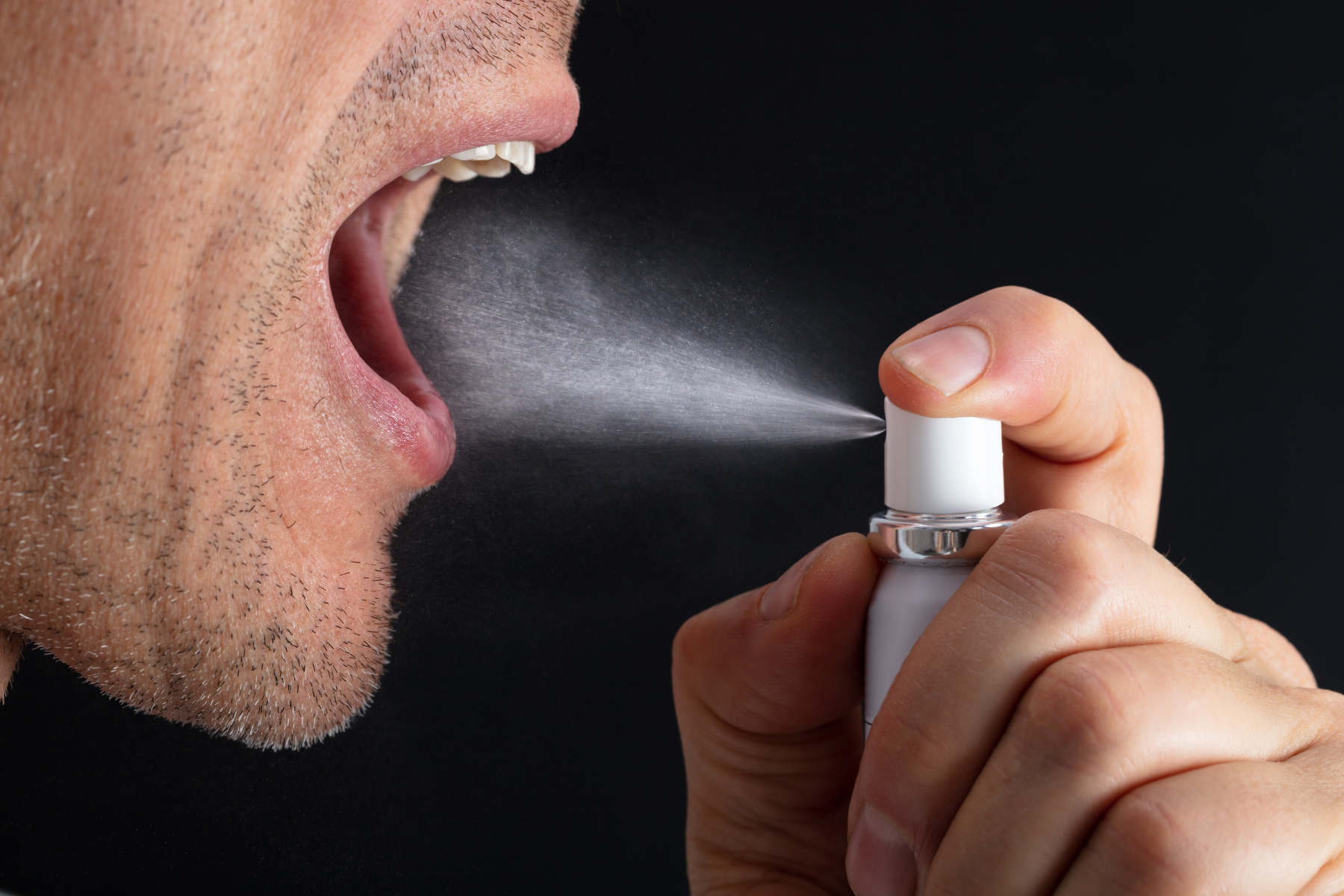Sjögren's Disease (SD)
How to pronounce it: Sjögren's - show·gruhnz
AiArthritis defines Sjögren's Disease as:
Sjögren’s disease affects your body’s moisture-producing glands, causing dryness in areas like your eyes, mouth, and skin. It can also affect organs like your lungs and kidneys.
Symptoms & Characteristics
Common in All AiArthritis Diseases
Flares: Periods of worsening symptoms are called flares. A flare can last for hours, days, weeks, or months.
Physical Activity: Condition improves with activity and exercise and worsens with rest.
Comorbidities: When inflammation is left uncontrolled due to lack of proper treatment, comorbidities can develop. 70% of patients with chronic, lifelong disease will develop comorbidities, including dual or triple diagnoses.
Family History:
Autoimmune diseases often run in families, indicating a potential genetic predisposition where that gene can cause disease. Autoinflammatory diseases can occur multiple times in a family, but is based off of genetic mutation. It is not a gene that causes the disease— but a mutation on the gene that can cause the disease which can then be passed on to the next generation.
"Auto" Symptoms
Fatigue: Severe fatigue or exhaustion that may not be helped by caffeine/stimulants and can happen even after a long period of rest.
Cognitive Dysfunction: Brain fog or periods of time where thinking gets clouded and it becomes difficult to concentrate.
Flu-like symptoms: Without having the flu- nausea, muscle weakness, and general malaise.
Fever: Typically low grade in autoimmune (with exception of juvenile idiopathic arthritis) and higher grade in autoinflammatory (% strongly varies per disease).
Reference: Early Symptoms of AiArthritis Study, AiArthritis, 2019.
Inflammatory Arthritis Symptoms
Stiffness: Severe stiffness in one or more joints, especially in the morning or after sitting for long periods of time.
Joint Pain: Episodes of joint pain that may last for hours, days, or even weeks, that can appear and disappear suddenly. Often described as “jumping pain” into different locations.
Typically the joint pain will coincide with one or more “Auto” symptoms and start and stop suddenly - for no apparent reason (which is called a "flare"). Some people will experience all of the above symptoms, others only a few.
If you have any of the arthritis features, and at least one of the “Auto” features, please consult your physician about a referral to a specialist.
Symptoms Often Associated with Sjögren's Disease
- Dry mouth, eyes, skin, nose
- Mouth sores
- Oral yeast infections
- Swollen and painful salivary glands — particularly the set located behind your jaw and in front of your ears
- Persistent dry cough
- Headaches
- Difficulty swallowing, heartburn, reflux, esophagitis
- Skin sensitivity to UV light
- Lung involvement: bronchitis, interstitial lung disease, pneumonia
- Peripheral neuropathy
- Raynaud’s phenomenon:
Fingers and toes that turn white or blue when exposed to cold or during stressful periods
Diagnosing Sjögren's Disease
There’s no single test that can confirm a diagnosis of Sjögren’s Disease (SD), so rheumatologists use a combination of physical exams, blood and urine tests, and a review of family history of autoimmune disease. They also consider whether you have other autoimmune diseases, as SD is a common comorbidity with many AiArthritis diseases.
Rheumatologists assess joint involvement, checking if arthritis is in more than one location and if it has lasted for over 6 weeks. While swelling, redness, or warmth in the joints isn’t required for diagnosis, it helps gauge severity. Common AiArthritis symptoms may also be considered to differentiate SD from other conditions.
Blood and urine tests look for antibodies like anti-SSA (Ro) or anti-SSB (La), which are found in 60-70% of people with Sjögren’s. These tests also check for inflammatory markers and possible kidney issues.
The presence of dry eye and dry mouth is key for diagnosing Sjögren’s, so it’s essential to track and share these symptoms with your doctor. Further tests, such as an eye exam or lip biopsy, may be necessary to determine the disease’s severity.
Doctors may also use a points system from the American College of Rheumatology (ACR) and European Alliance of Associations for Rheumatology (EULAR) to support their diagnosis.
Sjögren's Disease Treatment Options
Treatment OptionsTreatments are tailored to each individual's disease, but visit our Treatment Options page to learn more about the different types of treatments that are used for Sjögren's Disease.
What Fellow Sjögren's Disease Patients Want You to Know
Submit YOUR Advice- There aren't treatments specifically on the market that are tested to stop the progression of Sjögren's, patients are given tools to help alleviate the symptoms.
- There are current clinical trials (many!), but current treatments are borrowed from other diseases, like Rheumatoid Arthritis.
- Persistent dry eyes and mouth can be very detrimental to overall health and keeping moisturized is key. Damage in the eyes and mouth can lead to expensive treatments being required.
- If your doctor says you can't have Sjogren's because you don't have the anti-SSA anti-SSB biomarkers politely ask why not? Only 60-70% of positive SD patients are positive for the antibody so is there any other reason they suspect it is not?
- It is not uncommon to have bad dental issues (teeth breaking, many cavities and root canals, gum disease) with Sjogren's. If able, try to purchase some type of dental insurance or supplementary help because this part of the disease can be costly.
Interesting Facts about Sjögren's Disease
- Discovered by a Swedish Ophthalmologist: The disease is named after Dr. Henrik Sjögren, a Swedish ophthalmologist who, in 1933, was the first to thoroughly describe the condition that causes dry eyes and mouth. His detailed research led to the recognition of Sjogren’s as a distinct autoimmune disease.
- The transition from “Sjogren’s syndrome” to “Sjogren’s disease” reflects a shift in understanding the condition. Historically, the term “syndrome” was used because it was seen as a collection of symptoms. However, it is now recognized as a systemic autoimmune disease that can cause serious complications, including organ involvement, beyond just the hallmark dry eyes and dry mouth. The change emphasizes the condition’s complexity and the impact it can have on overall health.
- Approximately 90% of Sjogren’s patients are women. It is thought that hormonal factors might play a role in the development of this condition.
Sjögren's Disease Awareness Days/Months
- World Autoimmune and Autoinflammatory Arthritis Day - May 20th
- Autoimmune Awareness Month - March
- Sjogren’s Awareness Month - April
- World Sjogren’s Day - July 23rd
- Rheumatic Disease Awareness Month - September
- Pain Awareness Month - September
- Chronic Disease Awareness Day - July 10th
- Invisible Disabilities Week - 3rd full week of October
Other Sjögren's Disease Resources
In an effort to ensure this page has the most accurate and up-to-date information, this page is currently awaiting medical review. Some information is subject to change.
Page Last Updated: 10/24/2024




